Adventures on Nunataks
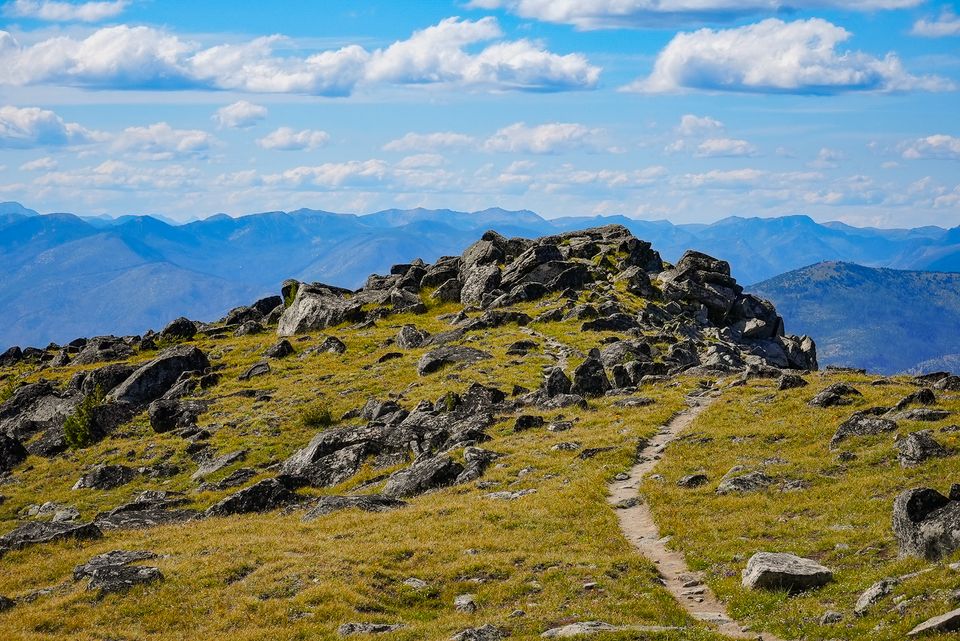
At first glance, the alpine zone is a barren landscape of rock and ice, extreme wind, blazing sun, and freezing cold temperatures—but one notable exception is a nunatak.
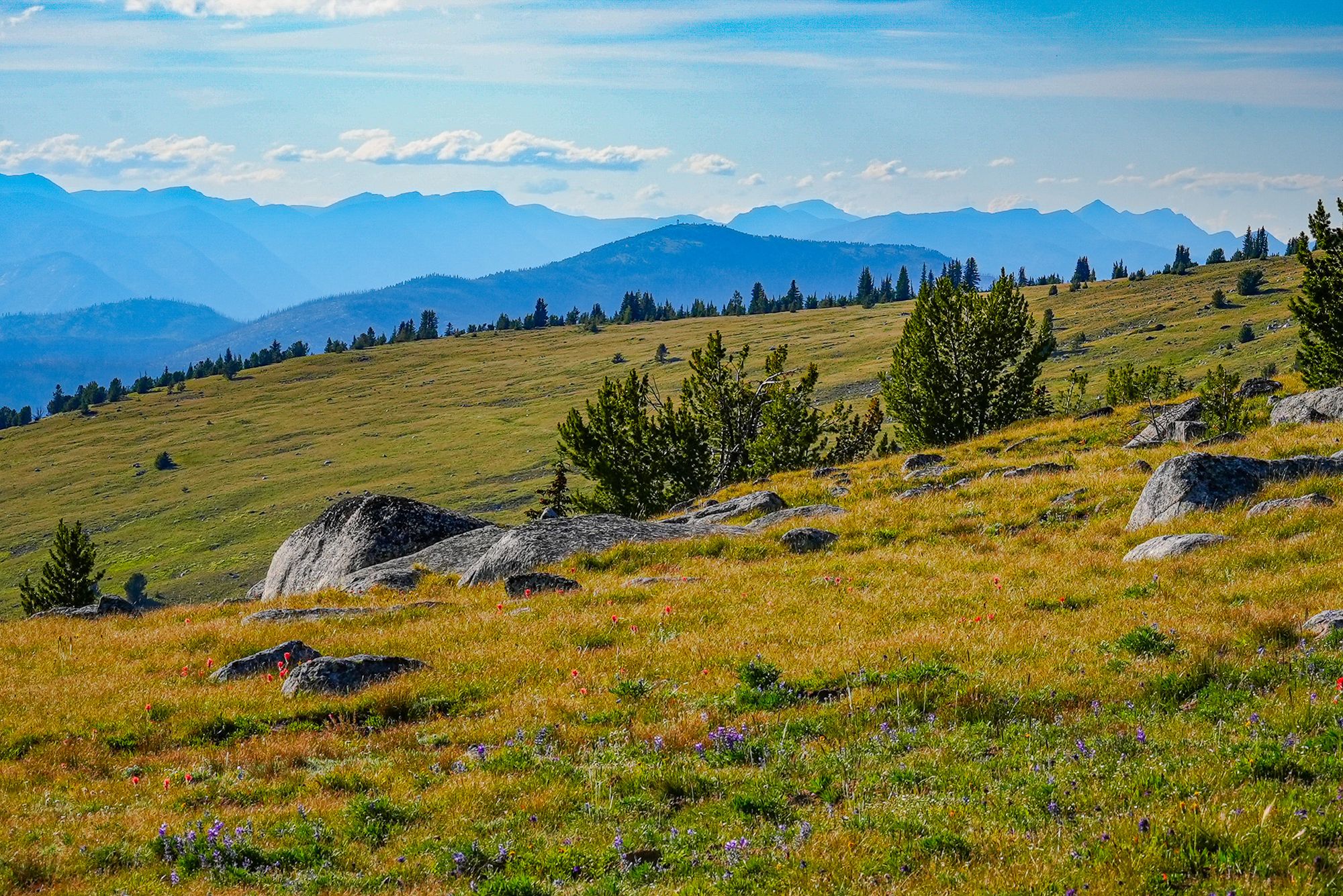
Nunatak: an Inuit word for exposed mountain peaks or ridges that tower above surrounding ice fields.
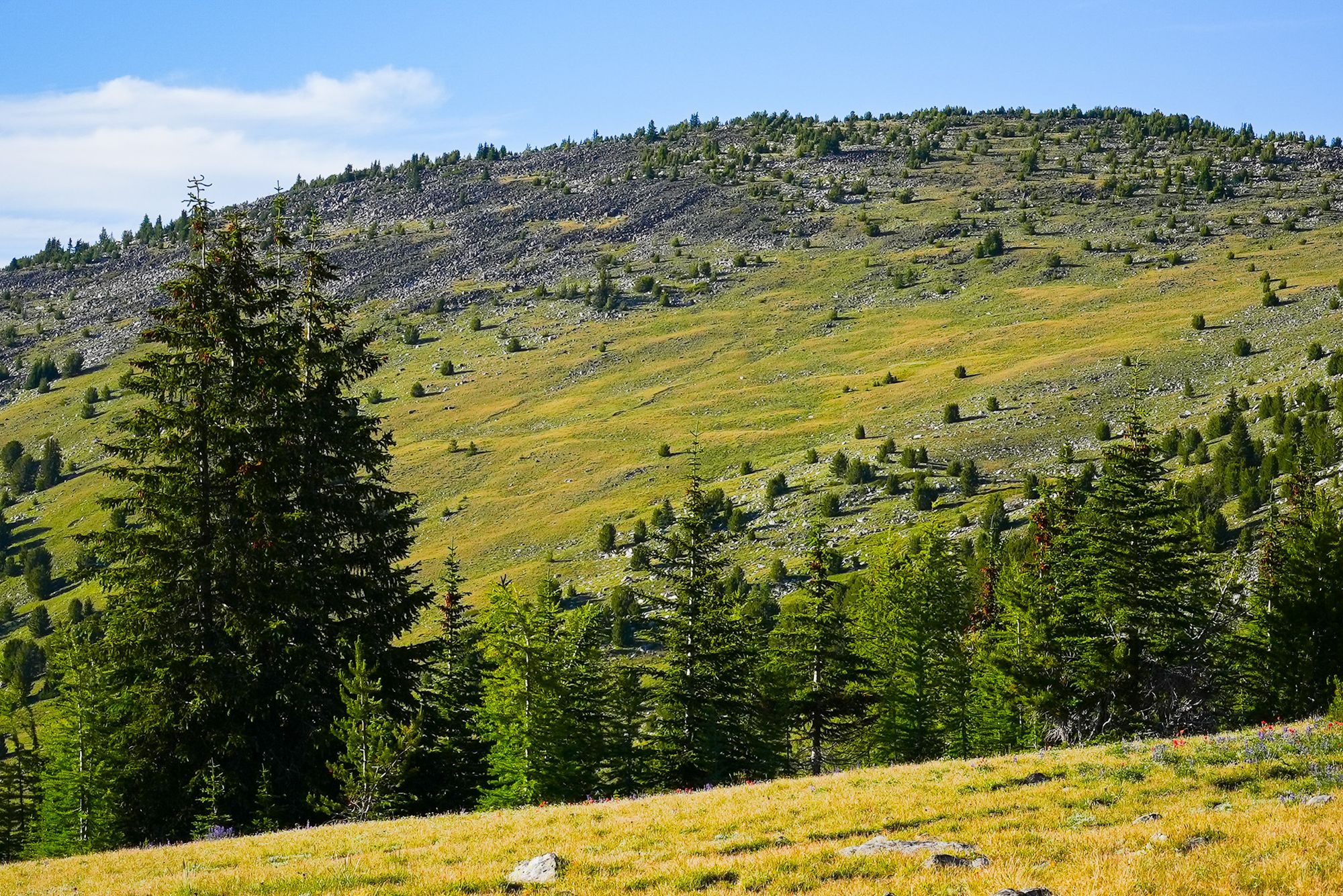
Because nunataks are literally perched on top of the world, they are almost always isolated, remote, and hard to reach. This means that few people get to experience them, so I want to share this photo-essay, and love of nunataks with you.
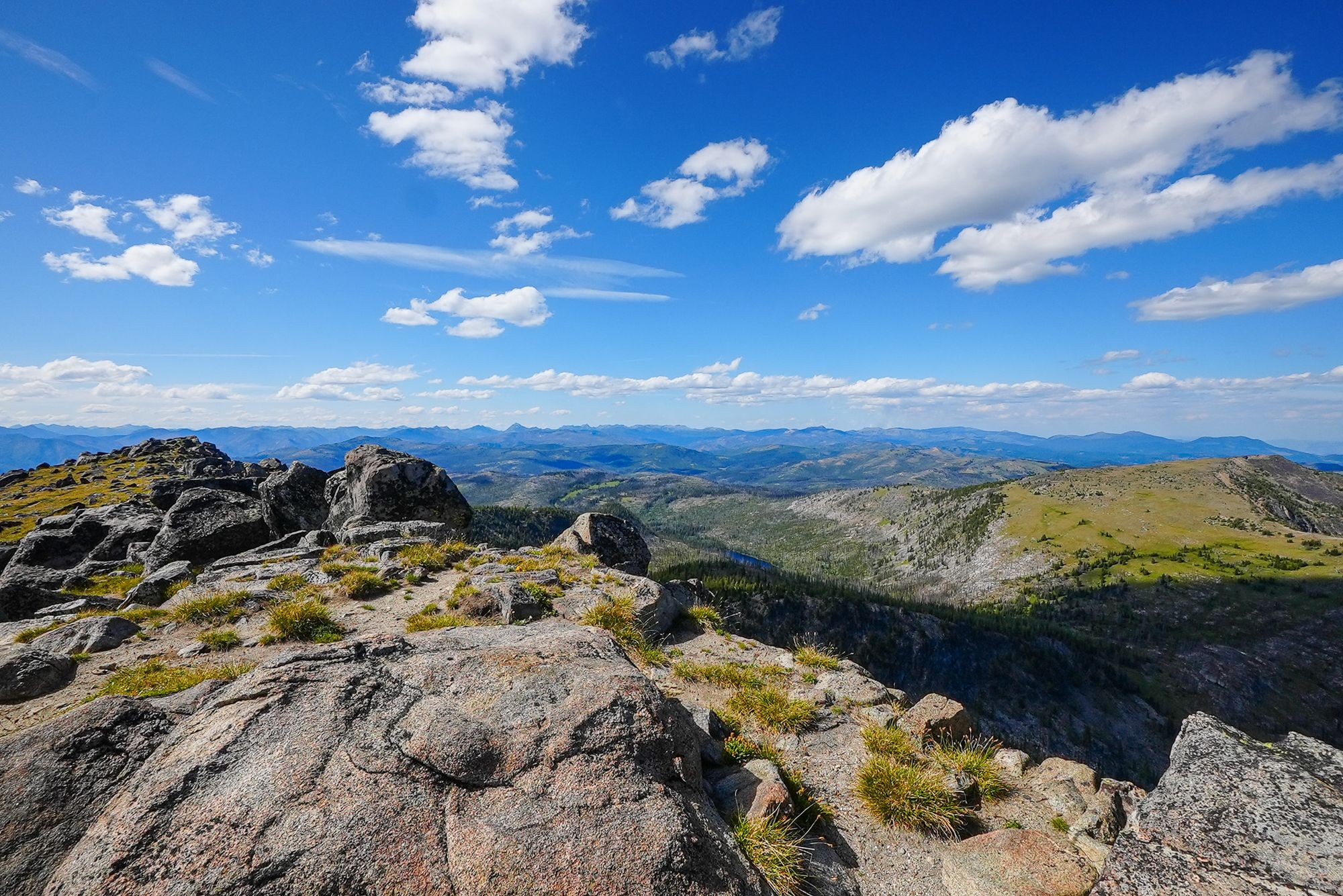
Nunataks are very subtle, breathtakingly beautiful places. Naturalists will love this because these landforms play a vital ecological role as sanctuaries for countless species that cannot survive on snow and ice alone–and only a careful observer will notice this difference.
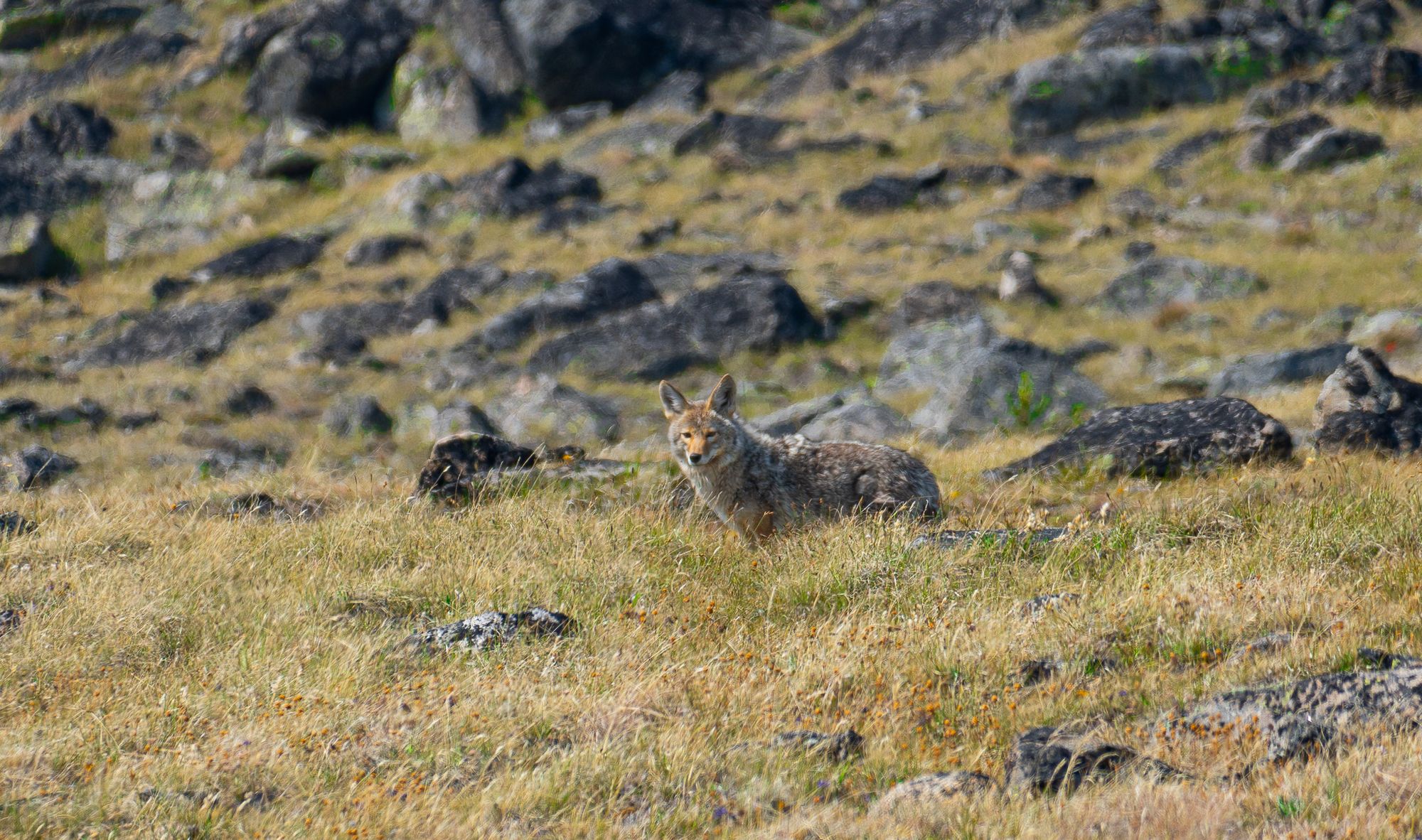
However, when we look across North America (at least south of northern Canada and Alaska), we don't see vast fields of ice so it's hard to appreciate the role that nunataks play in the landscape.
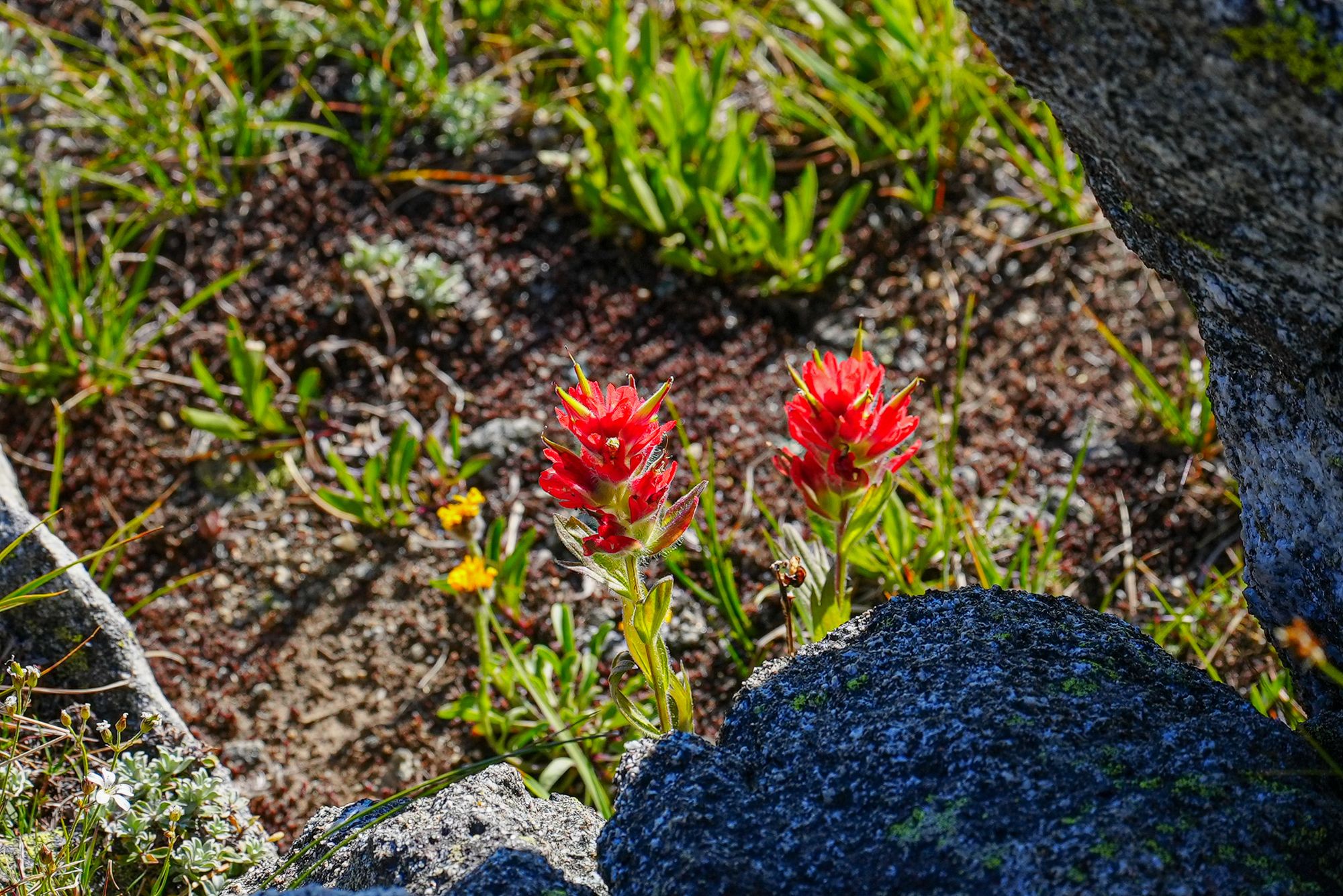
But think further back—to the Ice Ages that lasted millions of years—and you'll realize that immense expanses of North America, including many major mountains, were covered by ice fields and glaciers for very long periods of time, with only a few spots here and there poking above the ice.
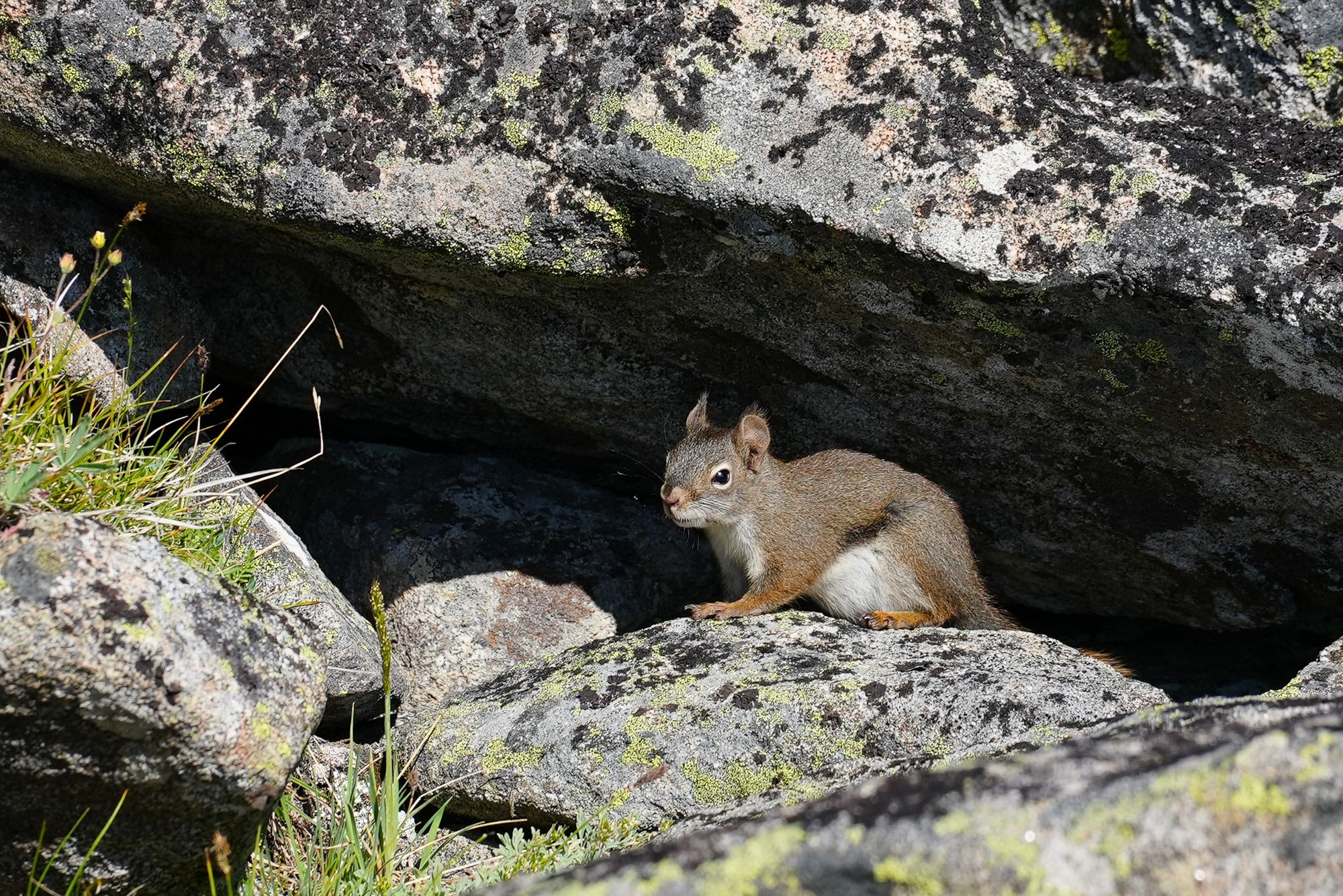
Because these isolated nunataks were higher than the ice and glaciers, they became sanctuaries where plants and animals could retreat and survive during periods of Ice Age glaciation—even as the rest of the landscape was scraped down to bare rock by sheets of ice up to a mile thick.
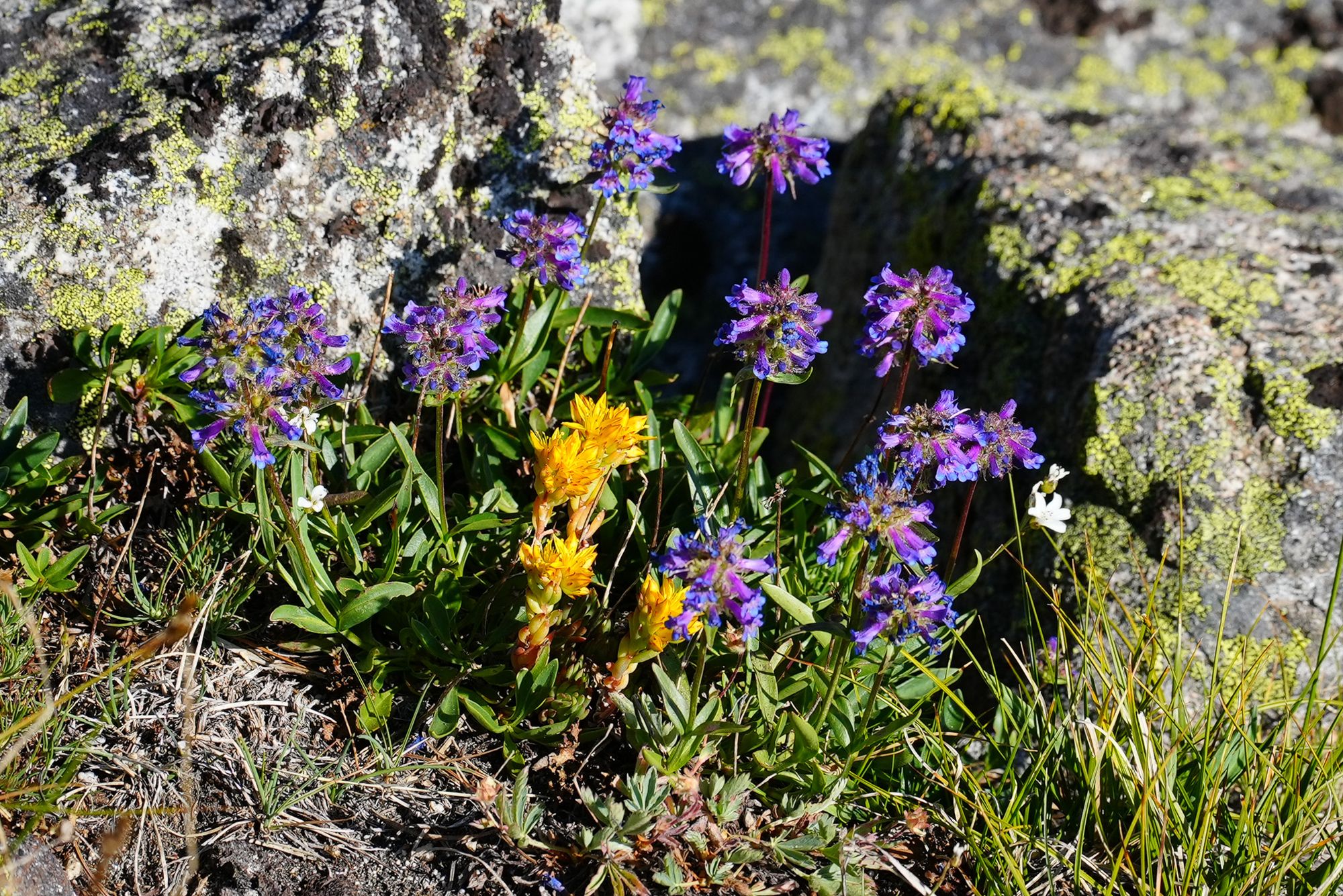
But more significantly, after the ice melted, the areas that were scraped to bare rock have had only 10,000 years to start rebuilding new soils and new communities of life, while nunataks preserved fragments of the original, pre-glaciated landscape: complete with ancient soils that have been intact for millions of years; and intact, original communities of lichens, mosses, fungi, soil microbes, invertebrates, and richly developed food webs.
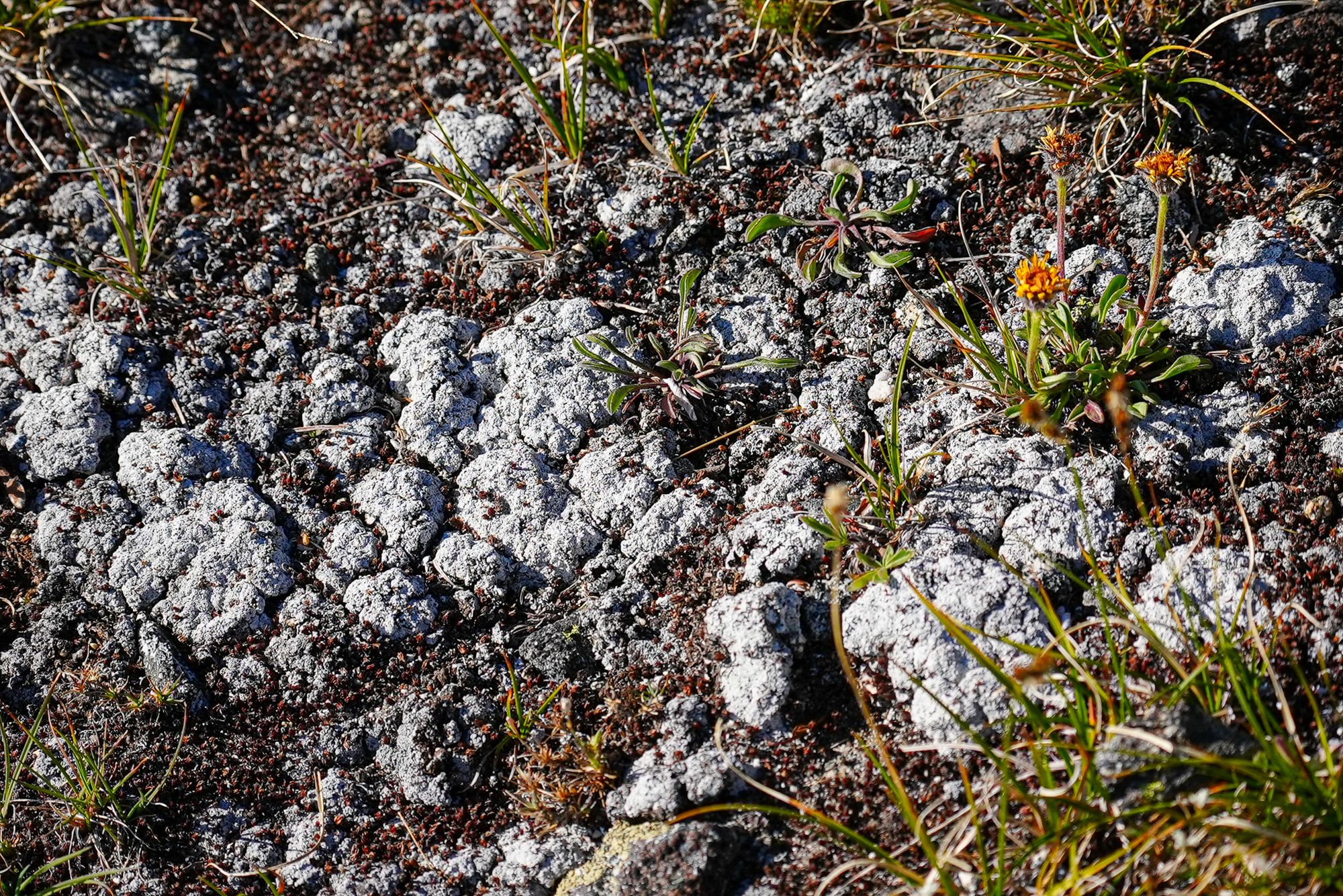
However, this is only true for a handful of very special nunataks because most nunataks consist of sheer, eroding rock with no pockets of soil. Few nunataks were flat or gently sloping enough to hold and protect soil, and provide homes for a great variety of plants and animals.
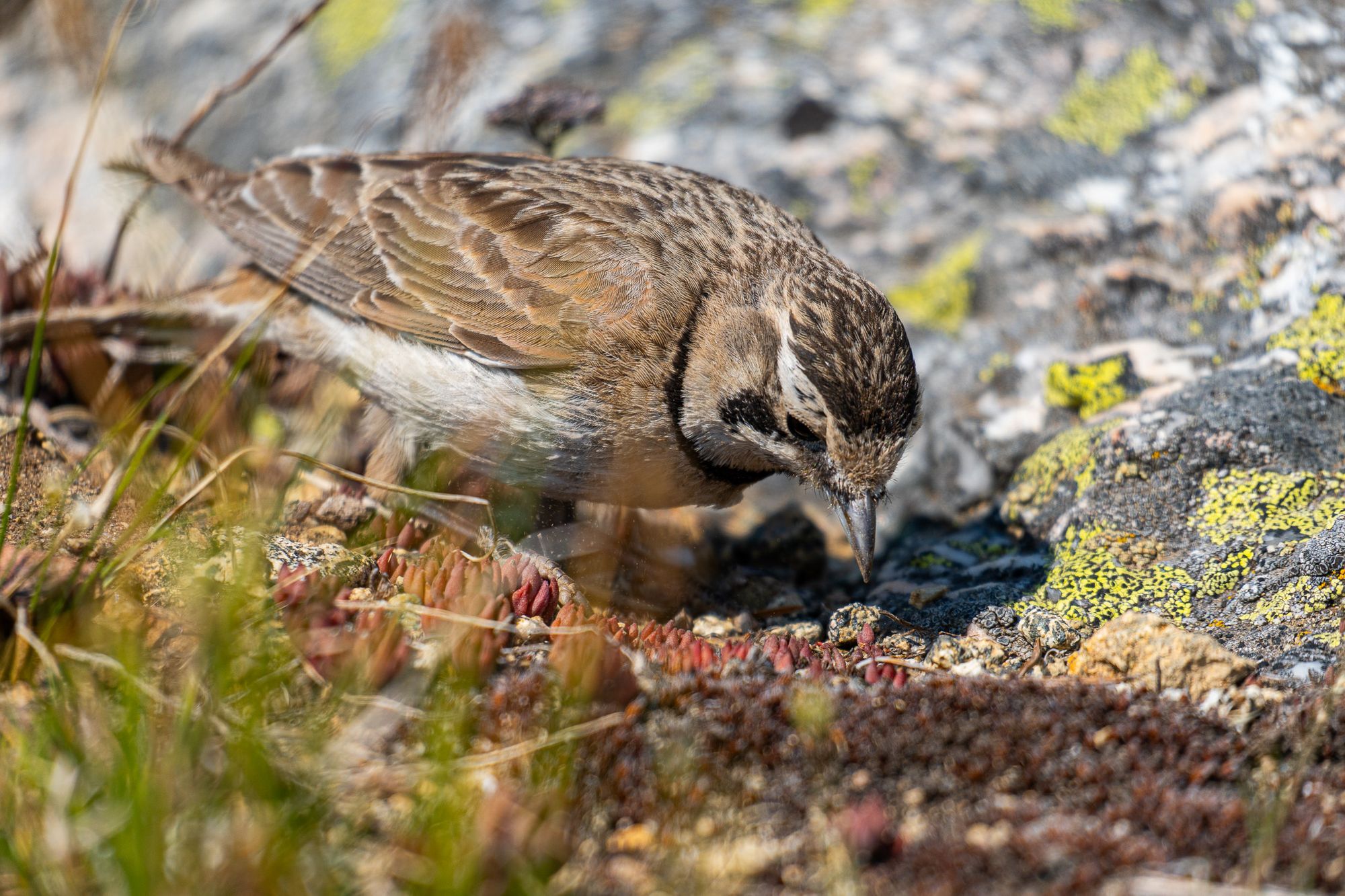
The Dana Plateau in the Sierra Nevada is a classic example. This magnificent one-square-mile plateau has half of all the alpine plant species found in the entire 400-mile-long Sierra Nevada range because it was flat enough to preserve ancient soils and protect alpine plants while the rest of the mountains were scraped to bare rock by giant ice fields.
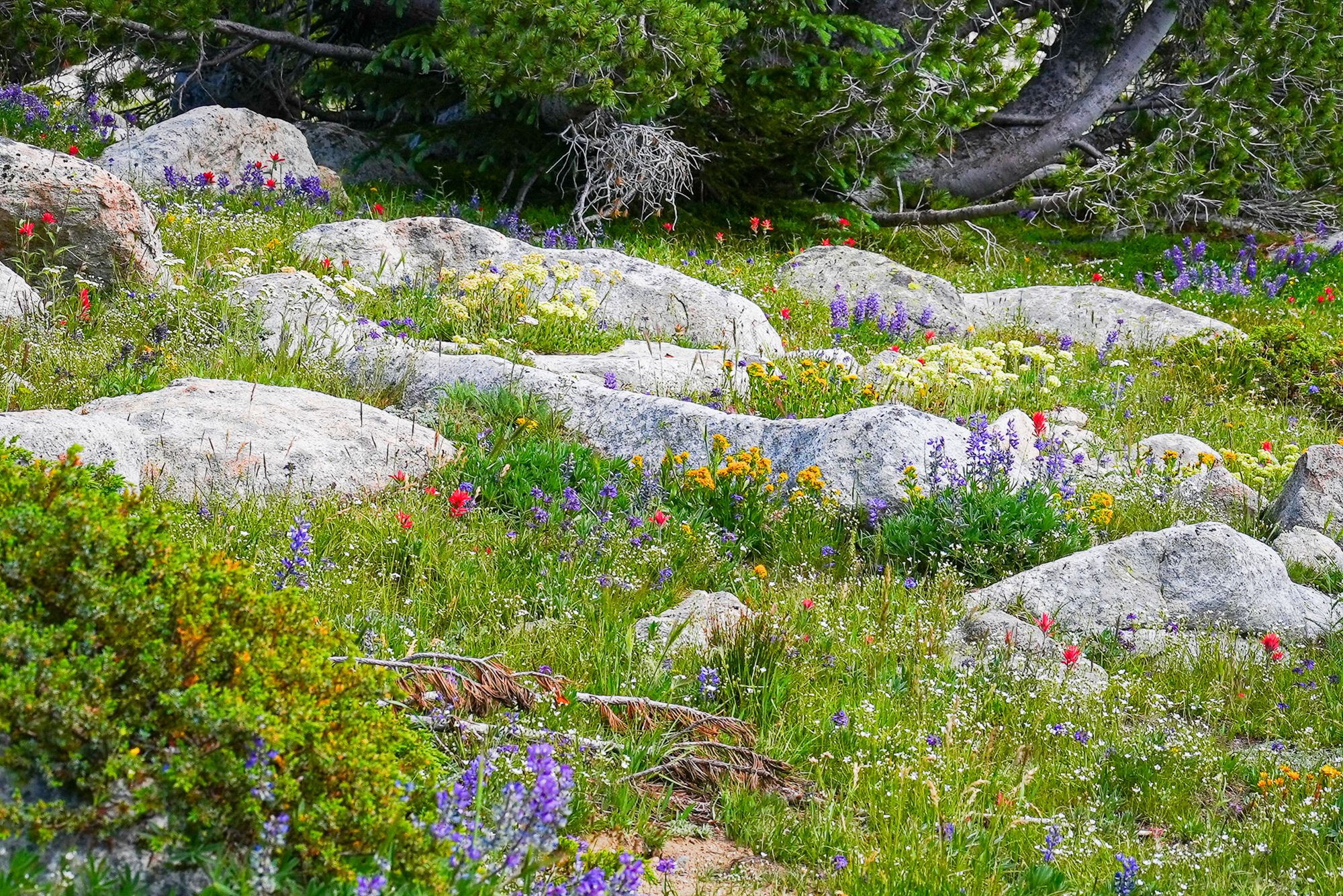
This ancient web of life is subtle—but you can see, hear, and feel the difference when you're on one of these nunataks!
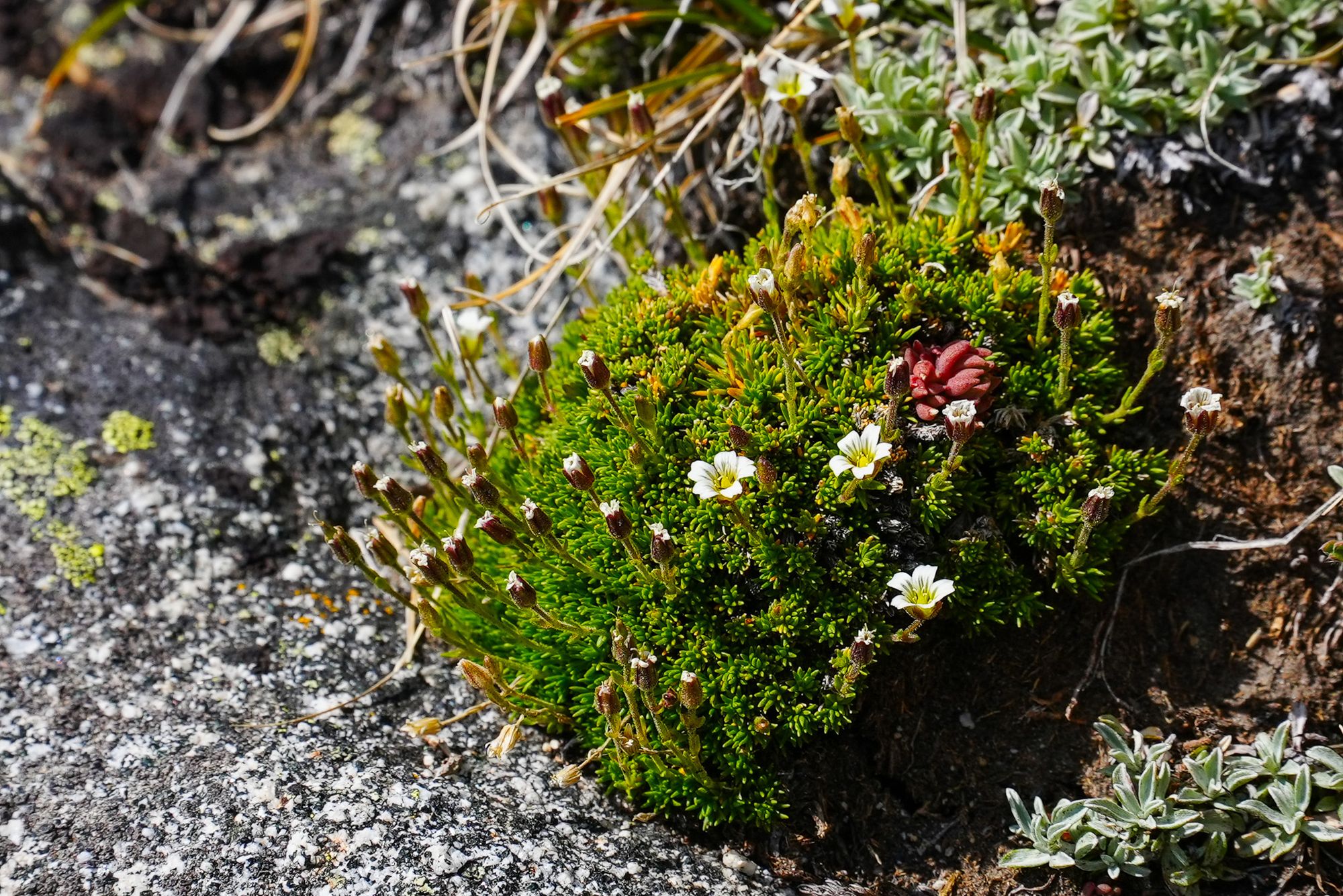
Up close, you'll notice that the ground is densely and complexly matted with lichens, mosses, and tiny plants; and looking out you'll be overwhelmed by a mosaic of colors and textures, along with countless flitting butterflies, buzzing insects, and shimmering flowers.
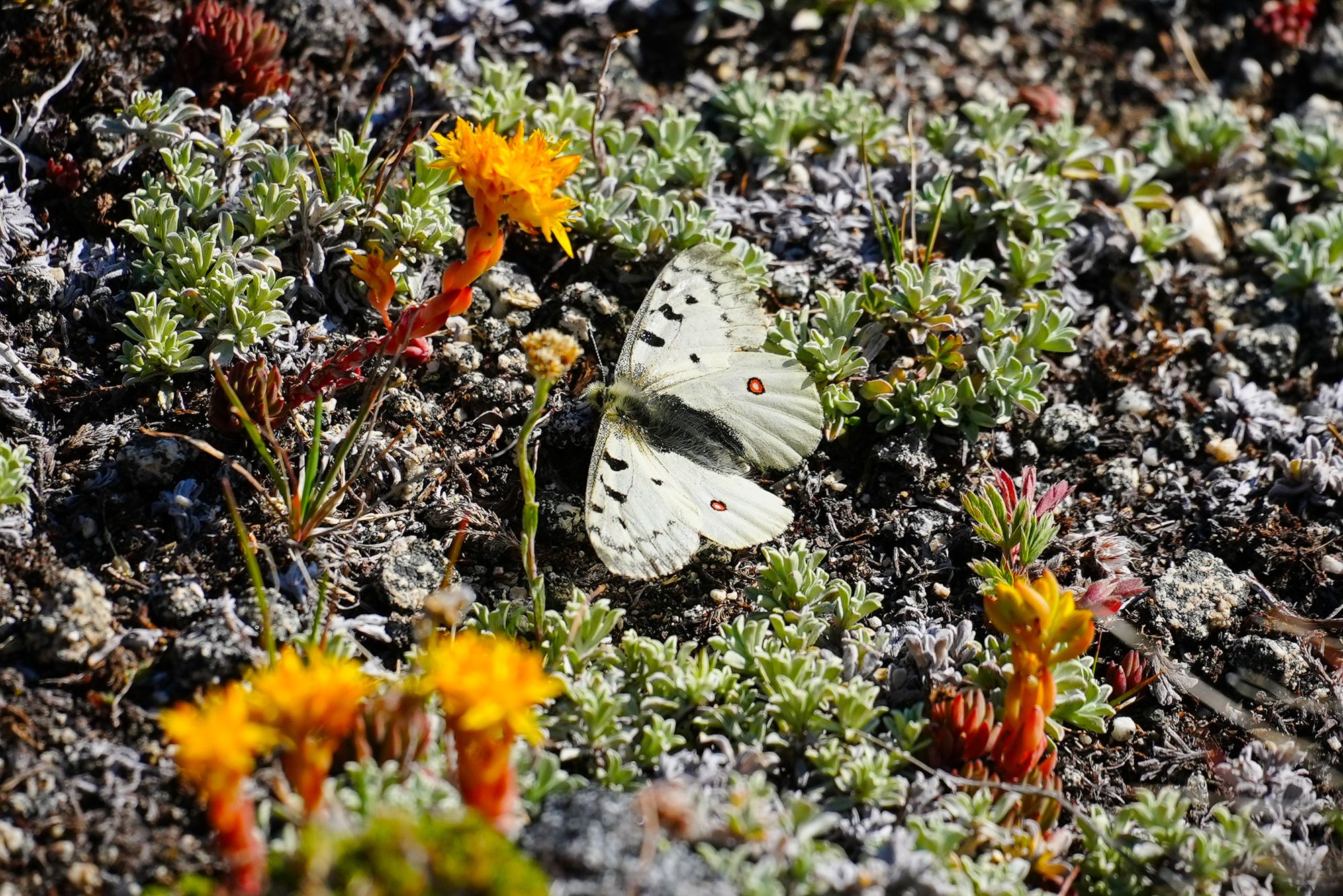
You can tell that this is a very special place!

Member discussion